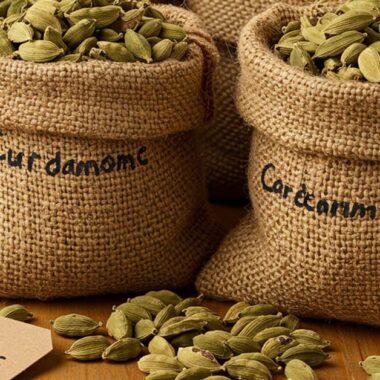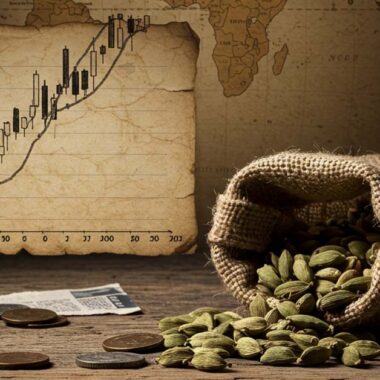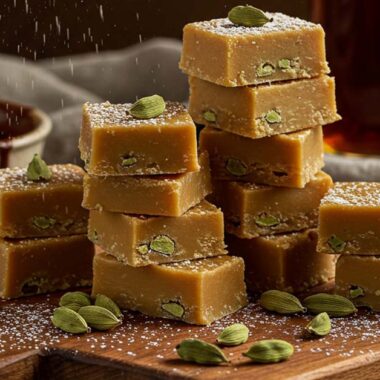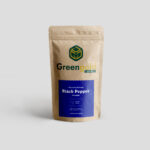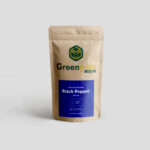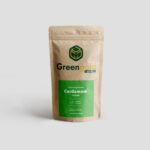Cardamom is one of the most expensive spices in the world, and its price fluctuates frequently. But what causes these price changes? 🤔
If you’re a farmer, trader, or consumer, understanding the key factors affecting cardamom prices can help you make smart buying and selling decisions. Let’s dive into the details! 📈✨
1️⃣ Supply & Demand: The Core Factor 📉📈
Cardamom prices rise and fall based on how much is available vs. how much people want to buy.
🌱 When supply is low, prices go up:
✔️ Poor harvests due to bad weather ☔
✔️ Farmers shifting to other crops 🚜
✔️ Pest attacks reducing yields 🐜
🛍️ When demand is high, prices rise too:
✔️ Festive seasons in India & the Middle East 🎉
✔️ Increased use in luxury products (perfumes, herbal teas) 💐☕
✔️ Rising global health trends favoring natural spices 🌿
💡 Fact: During peak festival seasons like Diwali & Ramadan, cardamom prices can skyrocket by 50% or more!
2️⃣ Weather & Climate Conditions 🌦️
Cardamom needs specific growing conditions—high humidity, shade, and consistent rainfall. Any climate changes can affect supply.
🔺 Factors that drive prices up:
✔️ Droughts – Less water = fewer crops 🌵
✔️ Excess rain – Causes fungal diseases & pod rot ☔
✔️ Extreme heat or cold – Stresses the plants ❄️🔥
💡 Example: In Idukki, India, heavy rains in 2019 destroyed 40% of crops, causing a price surge in global markets.
3️⃣ Pests & Diseases in Cardamom Farms 🐛
Cardamom crops are vulnerable to pests and fungal diseases, which reduce yield and increase production costs.
🚨 Major threats include:
❌ Thrips & shoot borers – Attack plant stems & pods
❌ Fungal infections – Cause pod rot & yellowing
❌ Nematodes & root diseases – Kill plants from the roots up
💡 Impact: When outbreaks occur, production drops, supply tightens, and prices rise rapidly!
4️⃣ Global Trade & Export Trends 🚢🌍
Since cardamom is a globally traded spice, import/export policies heavily influence prices.
🔺 Factors that increase prices:
✔️ Export restrictions – Some countries limit exports to control local prices.
✔️ High demand from big buyers like Saudi Arabia & the UAE.
✔️ Freight & shipping costs – High oil prices = expensive transportation.
🔻 Factors that lower prices:
✔️ Excess production in Guatemala (world’s largest exporter) floods the market.
✔️ Reduced demand in key markets due to economic downturns.
💡 Example: In 2020, Guatemala produced too much cardamom, causing global prices to drop by 30%.
5️⃣ Stockpiling & Trader Speculation 📦💸
Cardamom prices are often manipulated by traders & middlemen who store large amounts and release them when prices peak.
🚨 How this works:
✔️ Traders buy cardamom in bulk during harvest when prices are low.
✔️ They hold stock for months, waiting for demand to rise.
✔️ When supply seems low, they sell at higher prices.
💡 Impact: Artificial shortages can cause price spikes, even when enough stock exists!
6️⃣ Festivals & Seasonal Demand 🎉
Festivals & wedding seasons create massive demand for cardamom, driving prices up.
📅 Peak demand periods:
✔️ Diwali (India) – Used in sweets & special dishes 🍛
✔️ Ramadan (Middle East) – Used in Arabic coffee ☕
✔️ Christmas (Europe) – Popular in Scandinavian desserts 🍪
💡 Tip: Buying before peak seasons can help avoid high prices!
7️⃣ Currency Exchange Rates & Inflation 💵
Since cardamom is an exported product, prices depend on global currency values.
📊 When the US dollar strengthens:
✔️ Cardamom becomes more expensive for buyers in other countries.
✔️ Importers may reduce purchases, lowering demand.
📉 When inflation rises:
✔️ Farmers face higher costs for labor, fertilizers, and transport.
✔️ These extra costs are passed on to buyers, raising prices.
💡 Example: The depreciation of the Indian Rupee in 2023 led to higher export prices for global buyers.
8️⃣ Organic vs. Conventional Farming Costs 🌱
🌿 Organic cardamom is more expensive because:
✔️ Yields are lower due to natural pest control methods.
✔️ Certification & inspections add to production costs.
✔️ Demand for chemical-free spices is rising globally.
💡 Fact: Organic cardamom can be 20-30% more expensive than conventionally grown varieties.
9️⃣ Market Competition: India vs. Guatemala 🇮🇳🇬🇹
The two biggest players in the cardamom market are:
🌿 India (Idukki & Kerala) – Known for premium, high-quality green cardamom
🌿 Guatemala – The largest exporter, often with lower prices
💡 Impact:
✔️ If Guatemala floods the market with cheaper cardamom, global prices drop.
✔️ If India limits exports, premium cardamom prices rise.
💡 Tip: Premium Idukki cardamom holds higher value due to better flavor & aroma!
🎯 Final Thoughts: Navigating the Cardamom Market Like a Pro!
📊 Key Takeaways:
✔️ Climate, pests, & diseases can reduce supply & increase prices.
✔️ Trader speculation & stockpiling can artificially drive up costs.
✔️ Festivals & global demand create seasonal price surges.
✔️ Currency values & inflation impact export prices.
✔️ Guatemala & India dominate global pricing trends.
💡 Want the best deals on premium cardamom?
👉 Buy directly from Greengold Guide! 🛍️

